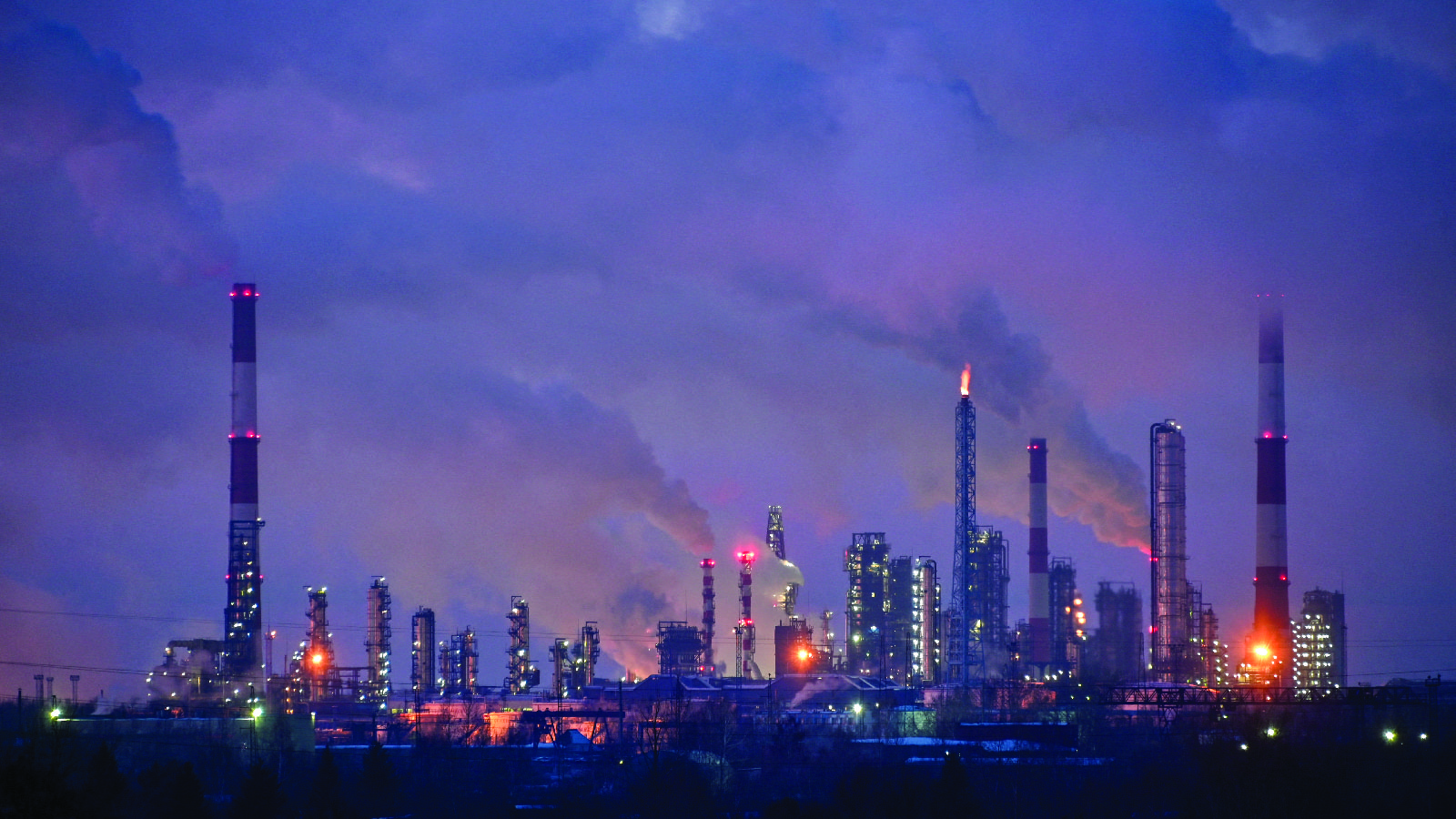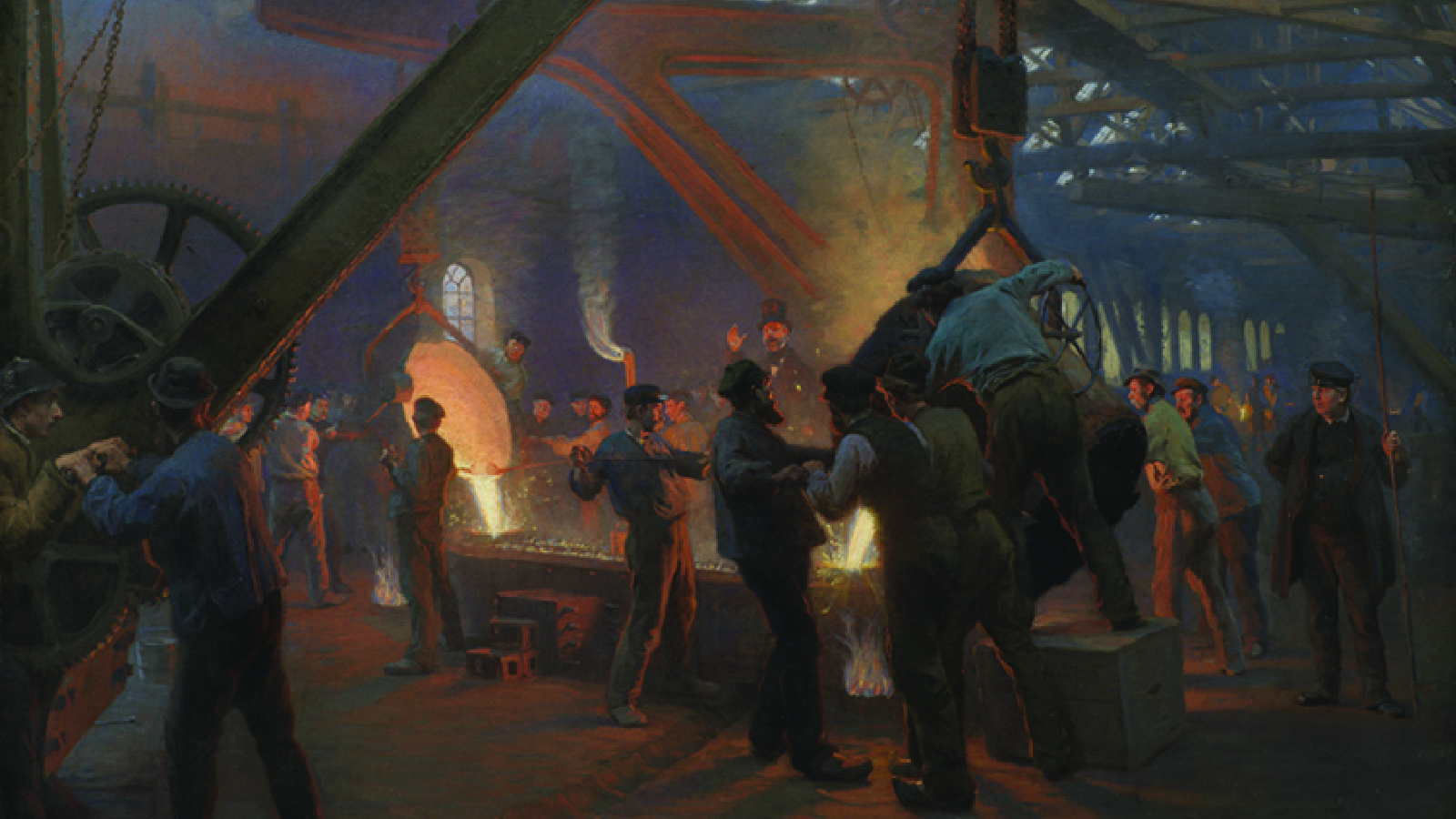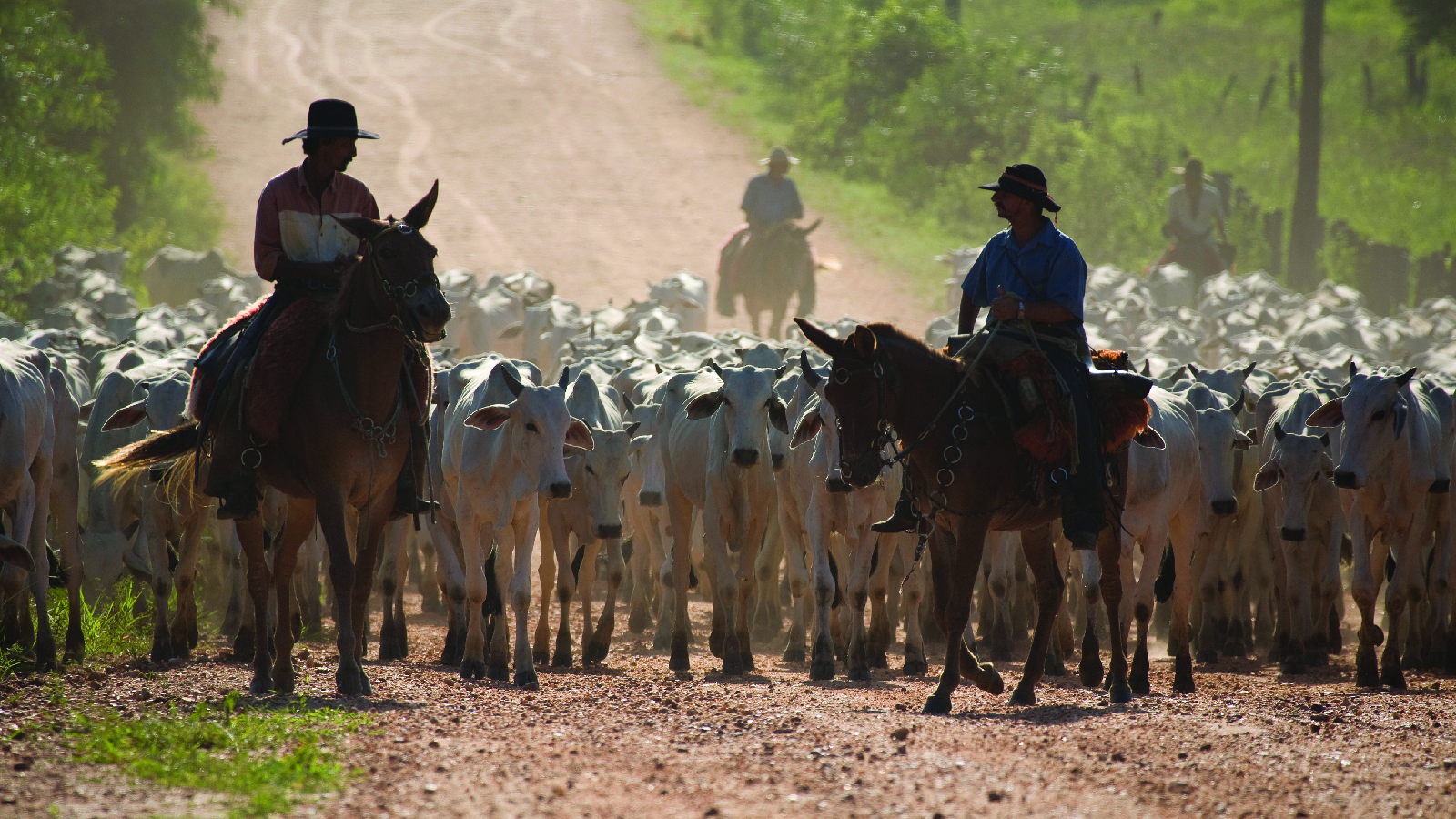How Humans Cause Climate Change
Every aspect of modern life carries hidden environmental costs. Recognizing the human-driven causes of climate change can help build a more sustainable future.
Have you ever wondered how your favorite products—like that cool jacket, new iPhone, or tasty snack—affect the environment? Even if it’s something you don’t think about often, like air conditioning or refrigeration, you'd likely miss it if it were gone.
Many products you use have hidden environmental costs, and some generate huge quantities of greenhouse gases. Every step in the life cycle of a product leaves a mark. Emissions can occur as raw materials are extracted and processed in factories, packaged, and then shipped. Even after you’ve bought something, its harm to the climate could continue through the electricity it uses to operate, the power needed to run it through the wash, or the waste it generates once it's discarded.
But what exactly are greenhouse gases, and why do they have such a profound effect on Earth’s climate? Understanding how greenhouse gases originate and how to measure their effects on the climate is crucial for tackling the biggest environmental challenge of our time. In this resource, you’ll learn how everyday actions and choices can help or hurt our planet.
The human impact on climate change
Humans have dramatically changed the atmosphere over the past few centuries, mainly by releasing vast amounts of greenhouse gases like carbon dioxide (CO2). That story begins in the 1700s with the Industrial Revolution, a time when human society began to change rapidly. Before that period, economies relied largely on agriculture. Most finished products were produced slowly and laboriously by skilled artisans. Human activity still produced greenhouse gases, but at much lower levels.
Everything shifted when new manufacturing processes and machines, like the steam engine, arrived on the scene. To power growing industries, societies needed to burn fuel, and lots of it. Increasingly, that fuel came in the form of coal.
Coal was a game changer because it was relatively packed with energy (around three times as much energy as the same amount of wood), and it was relatively easy to access. When burned, coal could efficiently power the new steam engines that drove factories, trains, and ships, allowing industries to grow like never before. Coal use set off a chain reaction: factories popped up everywhere, cities expanded, and people began moving in huge numbers to urban areas for work. That sparked the beginning of a global shift toward using fossil fuels—coal, oil, and natural gas—to power nearly every aspect of modern life.
Today, those fuels are the backbone of modern society. However, burning fossil fuels releases CO2 into the atmosphere. How does that happen? Well, fossil fuels are formed from the remains of ancient plants and animals buried deep in the earth—most of which are composed of carbon. Over millions of years, heat and pressure turned those remains into energy-rich substances. So, when people burn those fuels for energy, they are sending CO2, which was once trapped underground, into the atmosphere. The CO2 then traps heat from the sun in the atmosphere, making the earth warmer—a process known as the greenhouse effect.
Although fossil fuels are the main culprits, other human activity is driving climate change too. Cutting down forests and developing land has led to more greenhouse gases in the atmosphere. Also, as the world modernizes and grows wealthier, diets have changed, too. With more people able to afford meat, the demand for farm-raised animals like cows and sheep has soared. However, those animals release methane (CH4)—a greenhouse gas even more potent than CO2—during digestion. Plus, fertilizers that farmers use to grow more food releases nitrous oxide (N2O), another heat-trapping gas.
On top of that, some newer technologies meant to improve human lives also contribute to the problem. Air conditioning and refrigeration, among other modern conveniences, rely on fluorinated gases to run. Those gases were designed as safer replacements for chemicals that damaged the ozone layer. However, they are extremely effective at trapping heat—more than ten thousand times stronger than CO2. As those appliances have become more widespread, the use of fluorinated gases has surged.
Different greenhouse gases warm Earth at different rates
Although carbon dioxide is the most common greenhouse gas, it isn't the strongest at trapping heat. Gases like methane and nitrous oxide are much better at holding in heat from the sun. Some can linger in the atmosphere for a long time, making them even more powerful in warming the planet.
For each greenhouse gas, scientists calculate its global warming potential (GWP). That measure factors in how much heat a gas can trap and how long it stays in the atmosphere. The GWP score is essentially a comparison to carbon dioxide’s role in global warming.
Different human activities release different greenhouse gases in varying amounts. So, leaders need to consider the GWP of the gases their climate policies would regulate. If they are trying to keep the world from warming by more than a certain degree, they need to know which gases to limit by how much.
How humans emit greenhouse gases
Humans produce greenhouse gases through a wide range of activities. To help track them all, the Intergovernmental Panel on Climate Change (IPCC) divides them up into five primary sectors: energy, industry, agriculture and land use, transportation, and buildings.
Let’s take a closer look at each of the categories.
Energy: The world depends on electricity for nearly everything—charging devices, running factories, and keeping the lights on. However, the energy sector’s way of generating electricity makes it one of the largest contributors to greenhouse gas emissions. Every time you flip a switch, you’re probably using energy produced by power plants. Additionally, extracting and transporting the fuels needed to produce the vast amounts of electricity and heat the world requires also contributes to emissions.
Industry: The industrial sector’s energy use, production processes, and waste management practices all play a role in that sector’s substantial emissions. The power needed to run industrial machines often comes from burning fossil fuels. Additionally, many production processes require extremely high heat or involve chemical reactions that emit greenhouse gases. Factories also generate waste and byproducts. Managing that waste—whether by sending it to landfills, burning it, or treating wastewater—produces further emissions.
Agriculture and Land Use: Land acts as a powerful carbon sink, absorbing more CO2 than it releases. Each year, these ecosystems take in large amounts of human-generated carbon emissions. However, when forests are cleared or burned for infrastructure, resource harvesting, or agriculture, significant amounts of stored carbon are released back into the atmosphere. Agriculture, the leading cause of land clearing and deforestation, is a major source of greenhouse gas emissions. Several factors contribute: animals release methane—a greenhouse gas more potent than CO2—during digestion; fertilizers used to grow crops release nitrous oxide; and tilling the soil or clearing land for farming releases additional carbon dioxide.
Transportation: The transportation sector is a major greenhouse gas source due to its reliance on fossil fuels like gasoline, diesel, and jet fuel. Personal vehicles alone account for around 10 percent of global annual emissions. Heavy transport also contributes to climate change. Airplanes soaring through the skies, cargo ships charting courses across vast oceans, or trucks rumbling down highways to deliver goods to your doorstep—each of those vehicles emits a lot of greenhouse gases.
Buildings: Buildings are not just places to live or work; they are also significant sources of greenhouse gases. Those emissions can be divided into two main categories: “embodied emissions,” which are released during the construction and manufacturing of buildings, and “indirect emissions,” which come from the building’s operation. Indirect emissions are the largest source and include the energy used for heating, cooling, and appliances, often produced through fossil fuels.
As you can see, each sector contributes to climate change differently. Likewise, each requires different approaches to reduce emissions.


